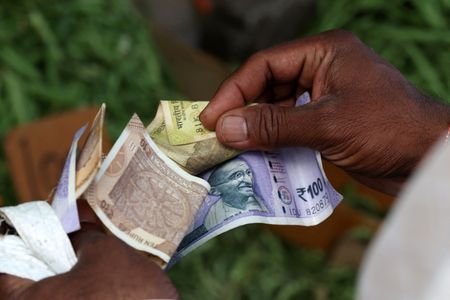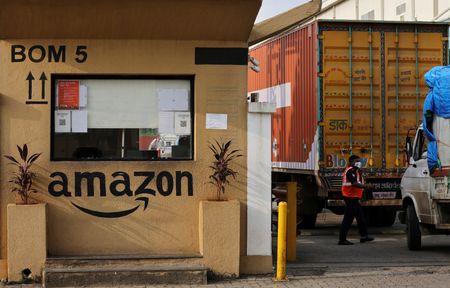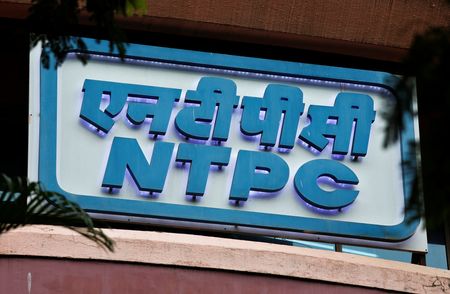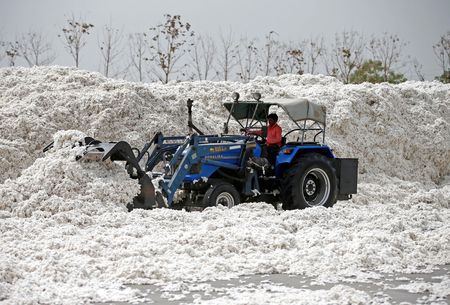MUMBAI (Reuters) – The Indian rupee ended marginally higher on Tuesday, but came off the day’s high, as importer demand for the greenback wiped out recovery witnessed earlier in the session.
The currency ended at 88.1550, marginally up 0.05% from Monday’s close of 88.1950. It hit an intraday high of 87.8450 before declining past the 88-mark later in the day.
“After the initial losses, there has been some strong demand from oil importers pushing the (USD/INR) pair higher,” trader with a state-run bank said.
The rupee had dropped to a lifetime low of 88.33 on Monday after moving past the 88-mark for the first time on Friday, in the aftermath of the U.S. government imposing additional tariffs on Indian goods.
Traders and analysts said that U.S. tariff related concerns will continue to remain a drag on the Asian currency in the near term.
“With U.S. tariff issues unresolved, risks remain skewed to the downside… any recovery is likely to stay limited without clear trade relief,” said Amit Pabari, managing director at CR Forex.
Traders will continue monitoring the Indian central bank’s stance around intervention, as well as portfolio outflows and importer hedging – all key factors that will affect the rupee’s trajectory.
Meanwhile, Asian currencies traded largely steady against a strong dollar. The dollar index was up 0.77% at 98.401 as of 2:55 p.m. IST.
Investors are now awaiting the release of U.S. nonfarm payrolls data for August, due on Friday, for clues on the interest rate trajectory in the world’s largest economy.
Confidence that the Fed will deliver a rate cut have strengthened after Chair Jerome Powell’s relatively dovish remarks at Jackson Hole.
The odds of a 25-basis-point cut in two weeks time stand around 90%, according to CME FedWatch Tool.
(Reporting by Ashwin Manikandan; Editing by Janane Venkatraman)











